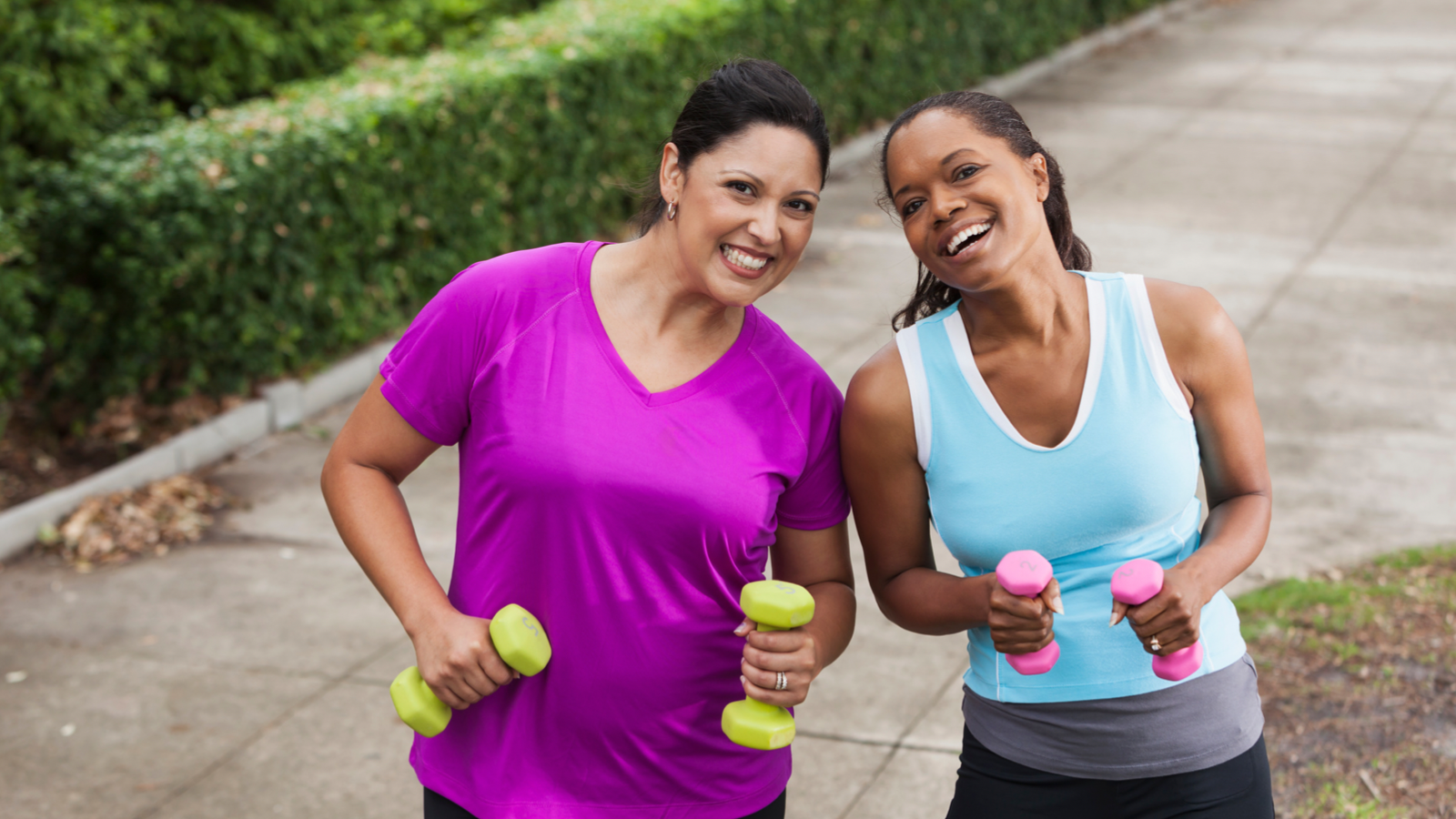What is Menopause?
Menopause occurs 12 months after a woman’s last period. Women may feel changes in their bodies leading up to this point in time and this transitional period is known as perimenopause. Perimenopause is when your ovaries decrease their production of estrogen. This period may occur between your mid-30s to mid-50s. The duration of perimenopause is dependent on a variety of factors including smoking and age but could last between 7 to 14 years. The sign and symptoms of menopause present differently in every woman and most treatment options are medications focusing on common symptoms of menopause. Menopause does not necessarily require treatment and lifestyle changes can be a good place to start when treating menopausal symptoms.
Signs and Symptoms of Menopause and Perimenopause:
- Changes in your period
- Irregular or skipped periods
- Heavier or lighter periods than usual
- Hot flashes
- Urinary Urgency
- Trouble sleeping
- Mood changes
- Vaginal Dryness
- Uncomfortable sexual intercourse
Make Sleep a Priority
Sleep disturbance and decreased sleep quality are symptoms of menopause. Hot flashes are often the cause of awakenings during the night. Avoiding caffeine and alcohol may help with falling asleep and sleep interruptions. Exercising regularly can help menopausal women fall asleep and stay asleep without disturbances. Acupuncture may also be a useful tool to help with sleep symptoms.
Strengthen Your Pelvic Floor
Urinary incontinence affects more than 50% of postmenopausal women. This problem can negatively impact a woman’s quality of life at work, socially, and with physical activity. Read this blog from Live Your Life to learn more about urinary incontinence and your treatment options.
Use Relaxation Techniques
Relaxation techniques are well-known treatments for menopausal symptoms. Paced respiration, a type of slow and deep breathing, and muscle relaxation are a few examples of effective relaxation techniques. The use of these techniques can be handy in situations in which symptoms occur such as hot flashes. These techniques have been shown to help lessen the frequency and intensity of hot flashes.
Eat a Balanced Diet
Bone loss becomes more prominent during menopause and could eventually lead to osteoporosis. Eating a diet that includes calcium-rich foods like cow’s milk, low-fat cheese, and yogurt may help combat bone loss. Vegetables like broccoli, cauliflower, and asparagus may help reduce the severity of hot flashes. Lean proteins like chicken, tuna, and turkey are another good way to increase bone strength and muscle mass.
Quit Smoking
Smoking is linked to early perimenopause and increased hot flashes. Moreover, smoking increases your risk of developing a wide range of health problems including osteoporosis, cardiovascular disease, and stroke. Quitting smoking is another lifestyle change that could improve your symptoms of menopause as well as your overall health.
Menopause and its symptoms are inevitable. Lifestyle changes can be beneficial no matter what stage of life you are in. Live Your Life has physical therapists, occupational therapists, personal trainers, acupuncturists, and dieticians on staff who are all experts in their respective areas. Click here to learn about the services offered by Live Your Life and to contact us for a free consultation regarding your menopausal symptoms and treatment options.
References
- “What Is Menopause?” National Institute on Aging, U.S. Department of Health and Human Services, 30 Sept. 2021, https://www.nia.nih.gov/health/what-menopause.
- “Menopause.” Mayo Clinic, Mayo Foundation for Medical Education and Research, 14 Oct. 2020, https://www.mayoclinic.org/diseases-conditions/menopause/diagnosis-treatment/drc-20353401.
- “Perimenopause: Age, Stages, Signs, Symptoms & Treatment.” Cleveland Clinic, 5 Oct. 2021, https://my.clevelandclinic.org/health/diseases/21608-perimenopause.
- Pien, Grace Weiwei. “How Does Menopause Affect My Sleep?” Johns Hopkins Medicine, 8 Aug. 2021, https://www.hopkinsmedicine.org/health/wellness-and-prevention/how-does-menopause-affect-my-sleep.
- Kołodyńska, Gabriela et al. “Urinary incontinence in postmenopausal women – causes, symptoms, treatment.” Przeglad menopauzalny = Menopause review vol. 18,1 (2019): 46-50. doi:10.5114/pm.2019.84157.
- Saensak, Suprawita et al. “Effectiveness of a modified version of the applied relaxation technique in the treatment of perimenopausal and postmenopausal symptoms.” International journal of women’s health vol. 5 765-71. 5 Nov. 2013, doi:10.2147/IJWH.S53652.
- Capasa. “Menopause Diet: What to Eat to Help Manage Symptoms.” Cleveland Clinic, Cleveland Clinic, 2 Aug. 2022, https://health.clevelandclinic.org/menopause-diet/.

